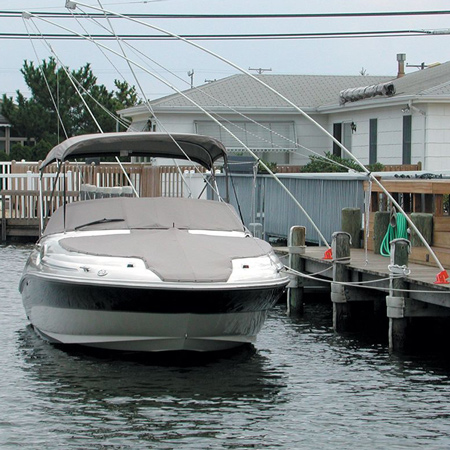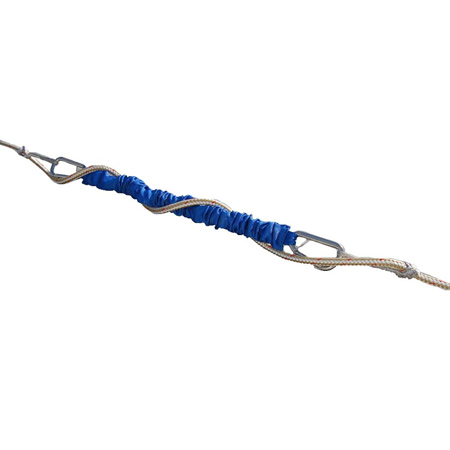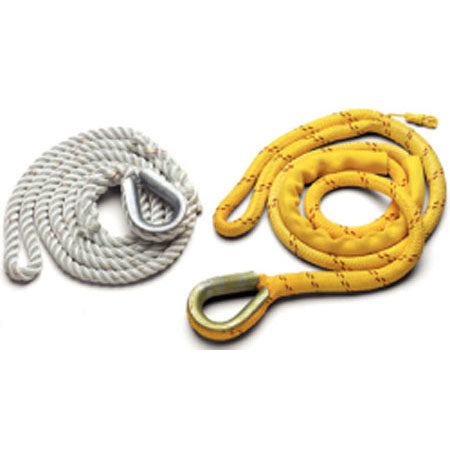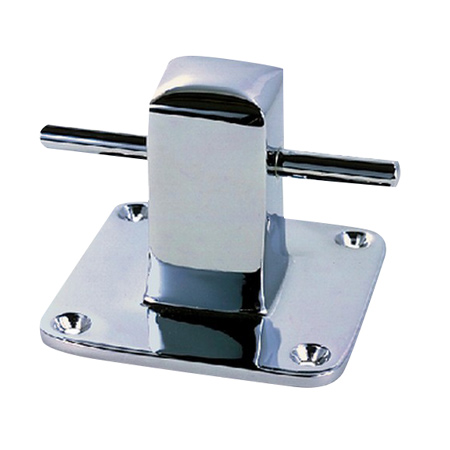Boat Mooring
Mooring Whips, Boat & Dock Cleats, Chocks & Rings How-Tos
How To Install A Boat Cleat
Boats and boat cleats are synonymous. One can't be mentioned without the other. The cleat is an essential tool that helps secure the boat at the dock, assists in towing as well as when being towed. The device Is usually located at the front of the deck and is firmly attached to the vessel body. Failing to fix the cleat tightly may lead to the boat drifting away or losing your cargo during a tow.
Types Of Cleats
There are several types of cleats readily available in the market. Each type will be suitable for certain applications. For instance, some are meant for big ships and heavy towing while others will be effective for light boats and loads.
The most common types are as follows:
Open Base Horn Cleat: - This is the most common. It comes in a T-shape and features a hole at the center.
Bollard Cleat: - Features a rounded or square top. It is mainly used for heavy towing.
Jam Cleat: - Usually found in sailing vessels. It allows quick changeover which is needed when hoisting or lowering the sails.
Installing a Cleat to the Boat
Fixing a boat cleat is not that difficult. In fact, any person who has a bit of time, patience and zeal will be able to do it within a very short period of time.
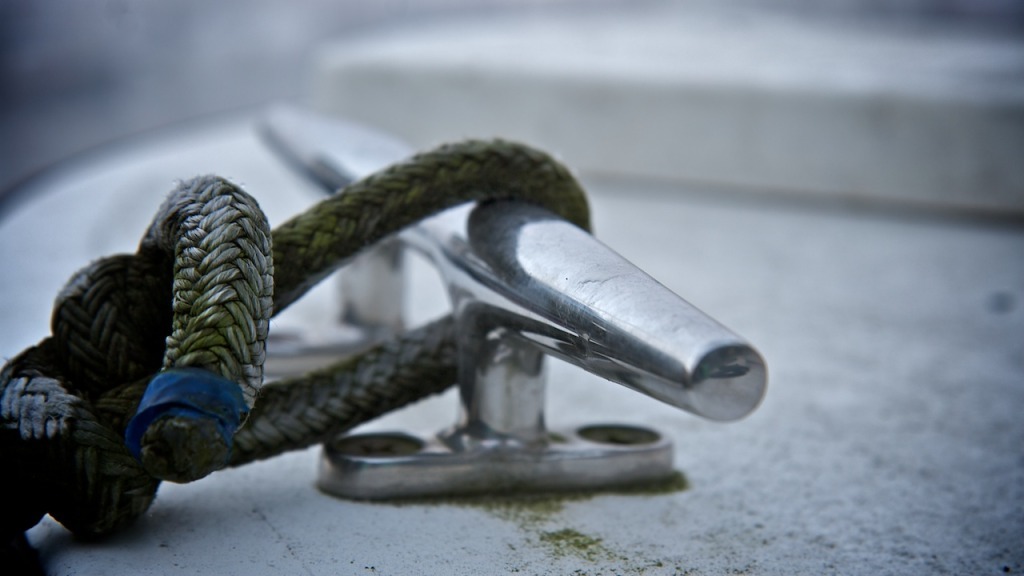
- Cleat
- Bolts
- Marking pen
- Wood or metal backing plate
- Nuts
- Drill
- Washers
- Epoxy or caulk
- Wrench
Instructions
Step 1:- Place the cleat on the desired location and use the marking pen to mark the holes where the bolts will go through.
Step 2: - Remove the cleat and drill holes on the marked spots. Always ensure the holes are not too large or too small.
Step 3: - Use the cleat to mark holes on the backing plate and thereafter drill holes.
Step 4: - To make the space between the cleat, backing plate and deck watertight, apply some caulk or epoxy.
Step 5: - Align the boat cleat with the drilled holes and push in the bolts. Go beneath the deck and place the backing plate. While under the deck slide in the washers and tighten the nuts with a wrench.
Step 6:- Use the proper torque to tighten the nuts. Too much may compress or crack the body while not tightening enough may leave gaps where water may penetrate through.
Helpful Tips
Always go for genuine stainless steel cleats rather than plated metal. Metal plating wears out fast thus making the cleat lose its appeal as well as structural integrity.
The small space beneath the deck makes it hard to position and fix the bolts. Therefore, it is advisable to get an extra pair of hands.
Don't use self-tapping screws as these may come off under heavy towing thereby damaging the deck. Also, they become loose due to shrinking and compression.
Use sheet bronze or stainless steel metal backing plate instead of wood.
Always get the right size. A small cleat will make tying the lines (ropes) difficult, while a cleat that is too big will put extra strain on the vessel.
The cleat may appear as a simple device. Nonetheless, it plays a very crucial role in boating. As a boat owner, you wouldn't want to come one day and find your boat drifting in the open seas. To make certain this doesn't happen, always go for top quality boat cleats that are aesthetically appealing and reliable.

